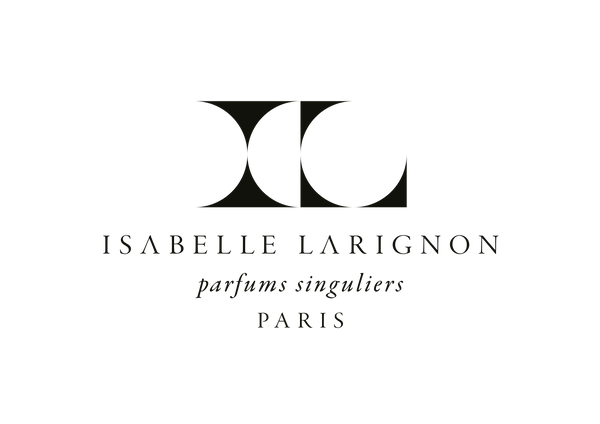codex nasus
One day my eye fell on some busts by the artist Jon Rafman.
Looking at them, I thought I would like to have this technical knowledge
to work with materials such as marble or wood
to bring out poetic forms in volume.
Then I told myself that, somewhere, as a perfumer, I also sculpted the material,
volatile materials which are odorous molecules.
And these shapes invisible to the eye
but perceptible to the nose,
sculpted the air, with the skin as a stele.
I then thought, it's not so bad, sculpting air, space.
It is moving, alive, unique, thanks to the one who wears
the sculpted aerial form, namely the scent.
I don't like to say to myself,
I like the interstices that say
without us having to say anything.
I like stories,
even more when they tell me
and even more so those who tell them.
I like face-to-face encounters with smells
because they are silent
and their chatter is elsewhere
in the unspeakable.
I don't like to say my perfumes,
nor those of others.
I like to tell their outline
by a completely different story.
My job leads me to analysis while our noses should never seek to evaluate and even less understand a creation linked to the intimate, the unspeakable. So I will use the words of the Argentine poet, Roberto Juarroz:
“Talking about poetry and poetry itself consists of talking about something that cannot be understood. It is not possible to define poetry, any more than it is to define reality. But can we define life, love, death, music, pain, dreams? Can we define anything? Or does everything ultimately come down to a small approach to the elusive, to the dream of a formulation of the inaccessible? Bashô was not only a Zen master, he was one of the greatest poets of his time. He didn't understand Zen, he didn't understand poetry, but he lived them, experienced them, created them. […] Ultimately, the poem admits neither explanation nor parallel discourse.”




